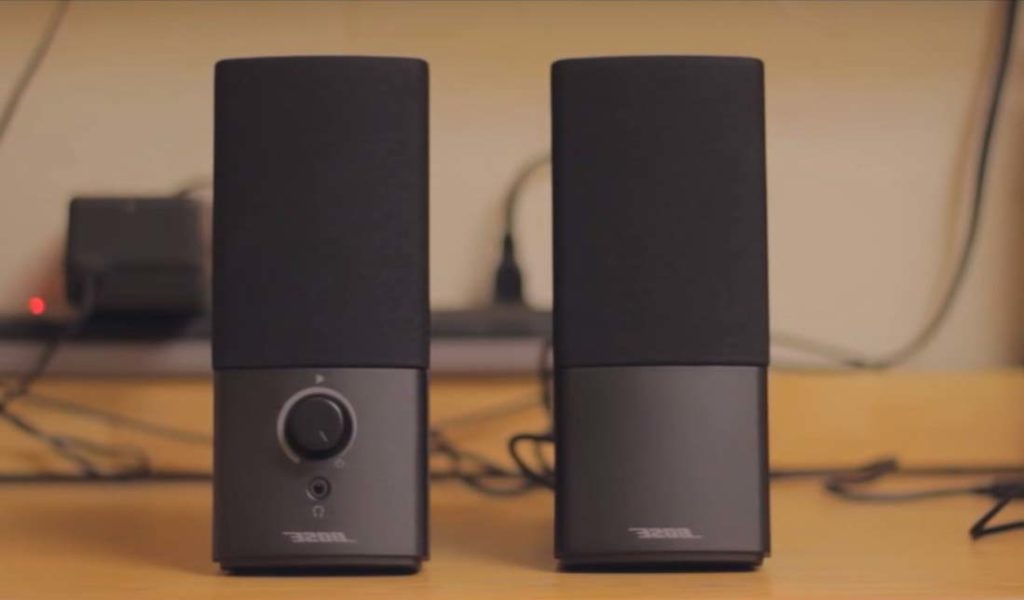The Essential Guide to Connecting Your Speakers
The modern loudspeaker is a fantastic invention. Using a simple cone, they turn electric current into changes in air pressure, allowing us to enjoy music, film, and other modern wonders. But to get the best from your loudspeaker setup, you’ll need to connect your speakers. Happily, this is a job that just about anyone can do. Let’s take a look at the essentials.
What Kind of Speakers do You Have?
Our first step should be determining what kind of speakers you have available. Some, called active speakers, have the amplifier built into them. Others, called passive speakers, require a separate unit to turn the small signal from your media device into a large one that can actually drive speakers. You can find out what sort you have by simply looking at the rear of your speakers. If there’s a screwable clamp that could hold a bare wire, then you have passive speakers. If there’s an audio-jack connection, then you have active ones. Most home cinema and stereo speakers are passive; but some professional studio monitors tend to be active.

Connecting your Speakers
Your wiring needs to run from the device producing the sound (be it an amplifier or a media device) to the speakers. If you need replacements, you’ll find a range of suitable plugs over at RS Components.
The easiest way to connect passive speakers is with the help of banana plugs. Once tethered to the end of your speaker wire, they’ll slot easily into the receptacle on the back of a set of passive speakers. Alternatively, you can simply clamp the bare wire directly into the housing, ensuring you’ve got plenty of contact between the two.
Speaker cable contains two wires: the live one, which changes voltage in order to generate sound, and the neutral one, which is kept constant. It’s possible to reverse these connections and still generate the same sound, but if you connect one speaker in a given way, but not the other, then you’ll likely experience phasing problems. Pay attention to the colour-code and keep things as consistent as possible.
What about Bi-wiring?
Some sets of speakers come with two sets of connections on the back. This enables bi-wiring, where twice the amount of cables go to the speaker. This is thought to reduce noise and help with fidelity during especially loud moments. Whether or not this is worthwhile is a matter of some disagreement amongst audiophiles, and so it’s not something that most of us need to worry about.
Read Full Article Here - The Essential Guide to Connecting Your Speakers
from TechGYD.COM https://ift.tt/2RKyZl5
Labels: TechGYD.COM
0 Comments:
Post a Comment
Subscribe to Post Comments [Atom]
<< Home